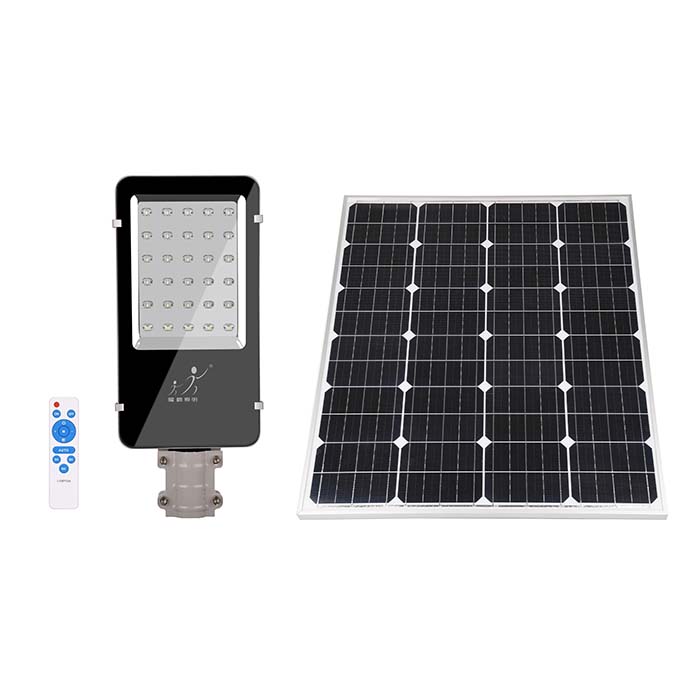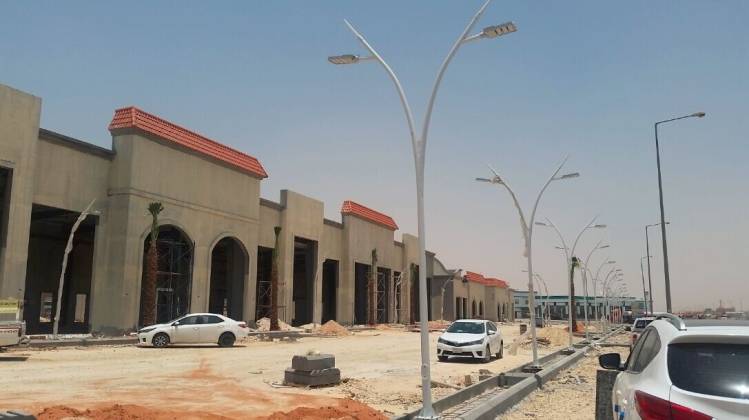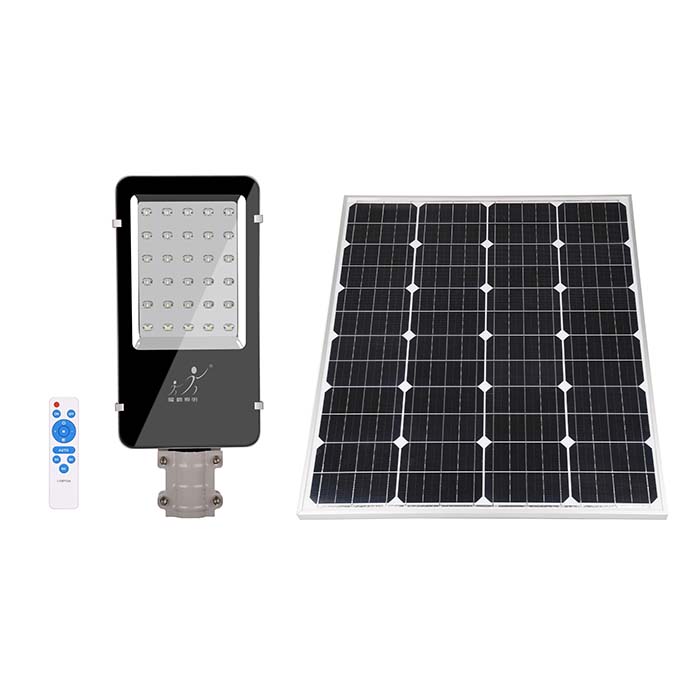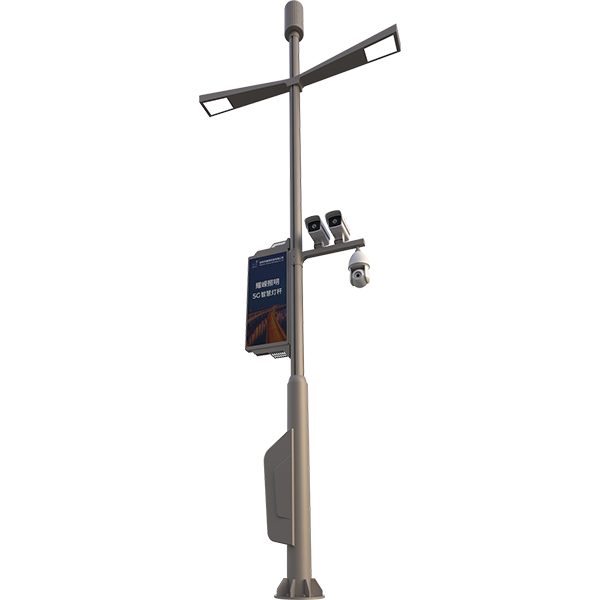LED smart street light solutions help cities develop intelligently
The core of the LED smart street light solution is to solve the functions of time switch, fault alarm, real-time monitoring, anti-theft alarm, remote management and data acquisition of street lamps; it mainly solves the functions of electric parameter acquisition and fault alarm of street lamps, as well as GPS positioning and timing functions through a single lamp controller; Solve remote lighting control, real-time status monitoring, lighting asset management, and efficient maintenance process through the application management platform.
Situation Analysis
With the needs of urban construction and development, the construction of lighting street lamps covers almost every road in the streets and alleys, with a wide distribution. The number of street lamps in a city of ten million people is about 200,000 smart LED street lamps. With the continuous expansion of urban construction scale, the number of LED street lights will also increase year by year.
Energy-saving and emission-reduction policy: Urban lighting is also required, and the use of LED energy-saving street lamps to retrofit and build is one of the important measures. How to manage and control street lights more efficiently and intelligently to save energy and reduce consumption is also a problem that must be faced.
Extensive management of LED street lights: Street lighting is an important indicator of urban modernization. However, due to historical construction and economic development across the country, the street lighting system has backward modernization, many hidden safety hazards, and extensive maintenance and management. Seriously restrict the development of urban LED smart street lights.
Pain point analysis
Technology lag: the existing management technology is lagging behind and not intelligent enough;
Inconvenient management: remote control is not possible, and manual inspection is cumbersome;
Unknown operation: the operation status of street lights cannot be controlled in real time;
Facility theft: If the facility cable is stolen, the police cannot be called;
LPWAN base station
Main function: issue the command from the monitoring center to the single lamp controller, and feed back the controller and line information to the monitoring center, which is mainly responsible for data transmission.
single light controller
Main functions: control street light switch, brightness adjustment, temperature acquisition, humidity acquisition, brightness acquisition, calculation of current, voltage, power and power factor, etc. The single lamp controller is divided into external type (can be built into the pole) and modular type (in the built-in lamp) to meet different needs.
Remote Lighting Control
The brightness of any luminaire can be adjusted through software to achieve true on-demand lighting. The brightness of LED smart street lights can be increased through remote control to improve safety and visibility, or the brightness can be reduced to save energy and present a beautiful night sky.
Real-time condition monitoring
The operation of the entire LED smart street lighting infrastructure can be easily monitored without the need for expensive and time-consuming nighttime inspections. Status reports for individual fixtures are available with the click of a mouse.
Lighting Asset Management
Get any information you need about your lighting infrastructure with just a quick mouse click. The system visualizes lighting data in charts and diagrams or on city maps.
Efficient maintenance process
Make maintenance easy. Ability to create repair work orders and supervise repair jobs. Individual maintenance jobs can be easily tracked and recorded to view completion at any time.
monitoring Center
Main functions: Connect to the Internet through the monitoring center system software, establish real-time communication with each gateway controller, telemetry, remote control, remote signaling, and remote adjustment of the voltage, current, electrical operation status of the monitoring point and release the switch light time. Based on the detection data, the operation status and lighting conditions of the facility are automatically analyzed, and failures are predicted. Send control commands to the concentrator to switch on and off and adjust the brightness of street lamps, and to realize timing scheduling events, alarm response and other operations.






